The association “Woman with …” works in defense of women’s rights. “Multidisciplinary and national against domestic violence”, it offers in collaboration with the association of insured AGIPI, a “Domestic Violence” cover, integrated into the CAP insurance contract of Agipi, without deductible or additional cost.
This national, multidisciplinary and national solution is unique in France. What does the specific Violence Conjugales cover offer?
On November 29, the association “Woman with …” in collaboration with the association of insured AGIPI and Juritica, engaged in a daily process against this violence, presented a preview, a documentary of 26 minutes, entitled: ” Domestic violence, to put an end to these evils “. The aim was to put forward solutions and show that they exist.
The documentary highlights the solutions that are gradually emerging everywhere in France, in order to greet them, but also inspire similar initiatives and push victims to file a complaint.
Among the associative initiatives, the Françoise Giroud house in La Seyne-sur-Mer, which takes care of welcoming victims of domestic violence and children, or the Home des Rosati in Arras. The Nantes police station has also taken the measure of the problem by establishing a brigade specializing in the treatment of domestic violence. A meritorious initiative when we know that 80% of complaints for domestic violence are closed without action, most of the time in 24 hours, because the victims are afraid and are not yet ready to face the procedures in progress, or often for lack of evidence, but also because of an unsatisfactory criminal chain.
Muriel Reus, president of the Femmes Avec … association, is the spokesperson for this operation, which has been in existence for more than four years and whose objective is to improve the place and respect for women in society.
She is lieutenant-colonel of the operational reserve, an expert in the national gendarmerie and works with them on issues of equality and inclusion in the gendarmerie, and also on the board of directors of certain companies, including Agipi.
The Femmes Avec … association, and Agipi with the president and the board of directors, asked themselves questions about social responsibility concerning violence against women, realized that there was no in charge of insurance for these victims.
Today, if you cannot afford a lawyer, a psychologist, psychological support, you have no support. The implementation of a guarantee within the CAP contract, a provident insurance contract which already existed with Agipi and brings together 170,000 members, will offer, as of January 1, 2022, a guarantee included.
Regarding Agipi, there is no financial vision at all. There is just a vision of support, help and taking into account this scourge. Policyholders automatically have coverage. And the coverage is extremely comprehensive, regarding legal costs, they are all covered up to 15,000 euros excluding tax.
Afterwards, depending on the victim’s needs, there may be legal coverage, that is to say financial support for all the problems related to the situation: a bailiff, if the damage has to be noted, a lawyer to follow the procedure or to help the victim to file a complaint and to follow the filing of the complaint… It is a very multidisciplinary system. It is not a measure that will solve the problem, but a set of measures that will move the situation forward.
For the future, the Association Femmes Avec …, and Agipi, one day we could imagine coaching at the end of this procedure. Because, once the person is out of the problem, they need to be supported in their new life.
Conjugal violence is violence exerted by one of the spouses on the other, within a couple, forming part of a relationship of domination and being distinguished from marital disputes between equal individuals.
It is a form of family violence that also affects other people in the household, in particular children, through verbal, psychological, physical, sexual assault, threats, pressure, deprivation or coercion that can cause the victim psychological and physical damage, social isolation and even death. Often taking place in private space, it is not always spotted. As a result, some researchers believe that the “conjugal lock-up” is a “hotbed of violence”.
Domestic violence came out of the shadows in the 1970s and 1980s thanks to feminist movements, demanding rights such as abortion and contraception. At the start of the 21st century, activists demand equal pay and parity and denounce the treatment of women in difficult neighborhoods.
Domestic violence does not exist in law, it is not a legal qualification. It now designates an aggravating circumstance of homicides, murders, assassinations and especially violence in general.
In a more global way, domestic violence has mainly come to define the aggressive and violent behavior exerted in a couple by one of the partners on the other. It can be behavior of physical, economic, moral or even sexual violence. But socially and mediatically domestic violence quickly came to define violence against women and battered women.
Domestic violence came out of the shadows in the 1970s and 1980s thanks to feminist movements, demanding rights such as abortion and contraception. These feminists needed to base their discourse on the fact that in past societies, that of the 19th century, that of the Napoleonic codes, that of the patriarchal family, we would have ignored or even legitimized domestic violence. However, that does not mean that the violence within the couple did not exist and that the actors of the time did not have an expression at their disposal. We often spoke of “domestic tyranny”, of “ill-treatment”, of “ill-treatment” to use the term of the time (today we would speak of “mistreatment”). Having at heart to take charge of what was happening in the couples, we had the possibility of resorting to two standards: the civil standard on the one hand and the penal standard on the other. However, if we resorted to the penal standard, this posed problems of legitimacy of jurisdiction.
During the French Revolution, jurists honestly paid little attention to reneging on husband’s privileges. They preferred to take care of the management of the couple’s community, of the way in which one chose one’s spouse, that was fundamental to getting out of the Ancien Régime. However, the revolutionaries allowed the woman to come out of this deleterious union in two ways: first with the law of 1791 which makes aggravating circumstances for a husband to beat a woman and then with the law of 1792 which establishes divorce or legal separation on the grounds of excess, abuse and serious insults.
Victims, women or men, rarely complained at the time. As far as women are concerned, it is because they were caught between a double incapacity: legal and moral. Legal incapacity since at the criminal level the woman did not have the right to lodge a complaint against her husband. Moral incapacity since despite this violence, there was affection and above all the desire that the husband stop them. As for the man, it was more difficult for him to go and file a complaint and become a civil party since somewhere it was his virility that was at issue. So he was not making a complaint. Generally speaking, these marital dramas reached the ears of the public prosecutor and more broadly of the judiciary when it was far too late.
Correctionalization developed in the 19th century. It was simply a matter of domestic violence turning crimes into misdemeanors. This ensured a conviction of the perpetrator. For the most serious cases, murders, assassinations and poisonings, the perpetrators were sent back to the assizes. Nevertheless, they could be acquitted the jury being considered much more lenient.
Violence between partners must be understood as a cycle, a succession of events, some apparently not very important (insults, verbal humiliations), others more serious (slaps, beatings, …). Over time, the outbursts of violence become more frequent, until they become unbearable. Between these events, the perpetrator tries to justify his act and downplay it. He often explains his actions by an external problem, such as stress, alcohol, unemployment … He can also make the victim believe that she is guilty (“She looked for it”) and, often, this one will tend to believe it.
The real question is: “Know after what? “In short, we can say that at the end of it is the unconscious. Violence is almost always linked to self-esteem wounds; its use is a means of regaining control over events. In these wounds, there are disturbances in self-esteem, most often due to various forms of child abuse: a devaluing, harsh and bossy father is a case in point. It is childhood that then resurfaces in these situations and increases the tension experienced. Of course, this is only part of the explanation.
There are signs, of course, like inappropriate jealousy, which equates to possessiveness. So you have to be careful of the men who rummage in your bag, listen to your messages, show off as soon as you look at someone … There you have to leave because, sooner or later, violence will arise. Another fairly common characteristic is paranoid character. In particular, mistrust, disdain, a certain pleasure in humiliating others, and a stubborn grudge prevail.
In 2020, in France, excluding homicides, the security forces recorded 159,400 victims of domestic violence committed by their partner (an increase of 10% over one year), including 139,200 women. As in 2019, this mainly involved voluntary physical violence, whether or not it resulted in total incapacity for work.
Aveyron is the department with the lowest number of registered victims of domestic violence per inhabitant in 2020 (2.7 female victims aged 20 or over per 1,000 inhabitants of the same sex and age). Conversely, Seine-Saint-Denis and Guyana are the two departments of France most affected by recorded domestic violence (respectively 9.2 and 10.4 female victims aged 20 years or over per 1,000 inhabitants of same sex and age). Domestic violence is rarely followed by complaints, especially when it comes to sexual assault.
Today, the various devices put in place by the government and by various public and private organizations are: serious danger phones, bracelets, “my sheriff” buttons.
Even if we try to help adults with domestic violence, there are some people who are going to have consequences, it is the children.
The traumatic consequences of exposure to domestic violence are not identical in expression and intensity. It depends on the duration of the domestic violence, the family and social environment (small or large), the age and the personality of the child.
“Exposure to scenes of domestic violence has all the more impact when the child is small because during the preverbal period, that is to say when he is less than two years old, he does not have the capacity to to put words to what he feels, and the scene is internalized (we also say that it engrams) in the rough, in the form of sounds, cries, gestures, looks, etc. These sensations are fixed at the brain level in the form of a traumatic memory which can reappear as is in circumstances which recall the past “.
We have to get out of the idea that the little child will not realize what is going on. Even without having witnessed the scenes of violence, he feels the stress of his mother and suffers from it.
Children traumatized by domestic violence have more health problems: growth retardation, allergies, ENT and dermatological disorders, headaches, stomach aches, sleep and eating disorders and they are more often victims of accidents (8 times more surgical interventions). They frequently have adjustment disorders: school phobias, separation anxiety, hyperactivity, irritability, learning difficulties, and difficulty concentrating. They also exhibit behavioral problems, 10 to 17 times more than children in a non-violent home, including aggressive behavior towards other children: 50% of young offenders have lived in a violent family environment as a child.
All of these signs should alert professionals working with children, because there is no inevitability. A child who can express his difficulties, his fears and find appropriate help will be able to distance himself from his parents’ situation and thus stop the possible risk of himself becoming a perpetrator or victim of violence.
“It is not uncommon to observe a generational transmission of violence where the helplessness of young victims evolves into tyrannical pleasure in adulthood.”
“To avoid a crystallization of the toxic process of reversal, it is important to introduce a measure of psychological and legal support for the child and the parents”; “This forgetting is a reflection of the social denial of abuse. It is unthinkable that a parent could be the executioner of his own child, we hear: he is a violent husband, but he is a good father.” The risk is nevertheless very present, beyond the psychological consequences. “In 2016, 25 children were killed: nine minors by their father at the same time as their mother, and 16 in the context of domestic violence.”
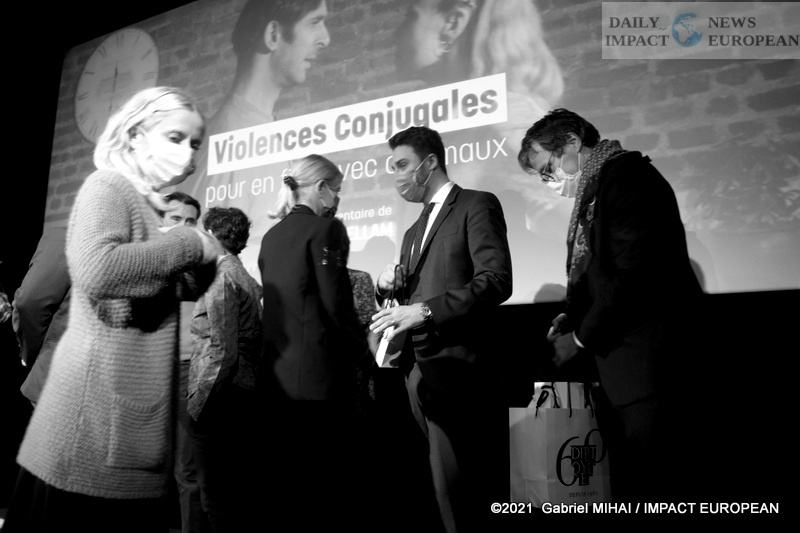
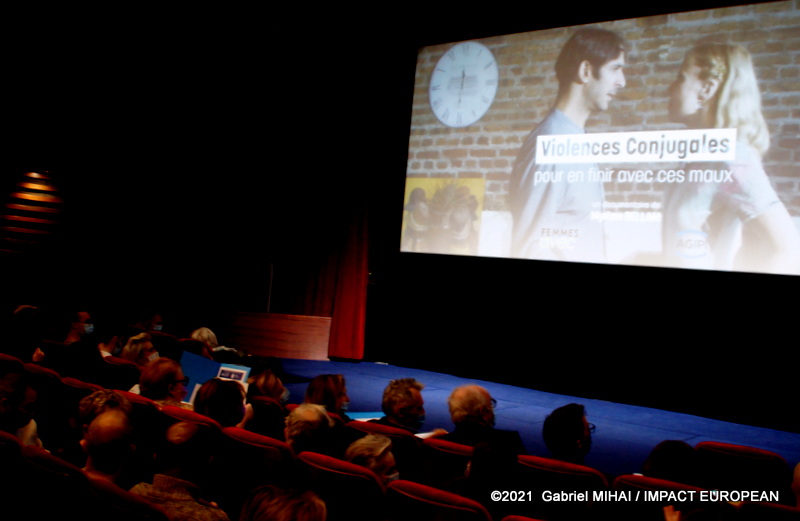
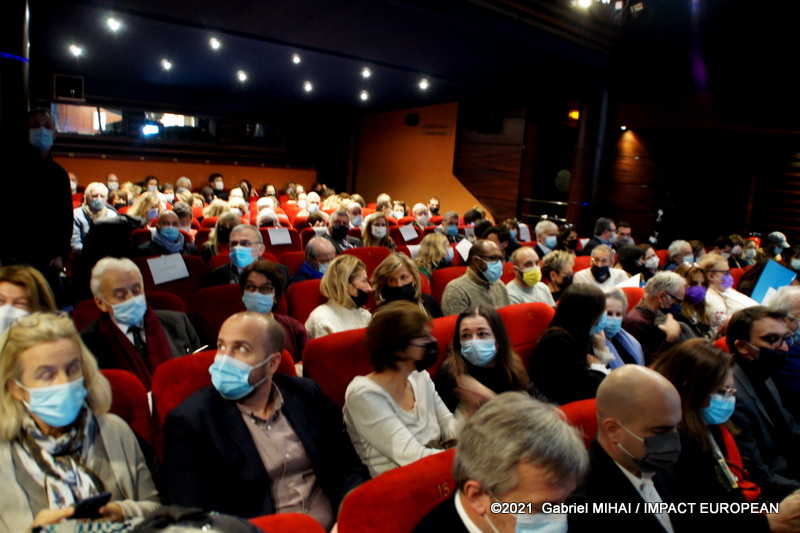

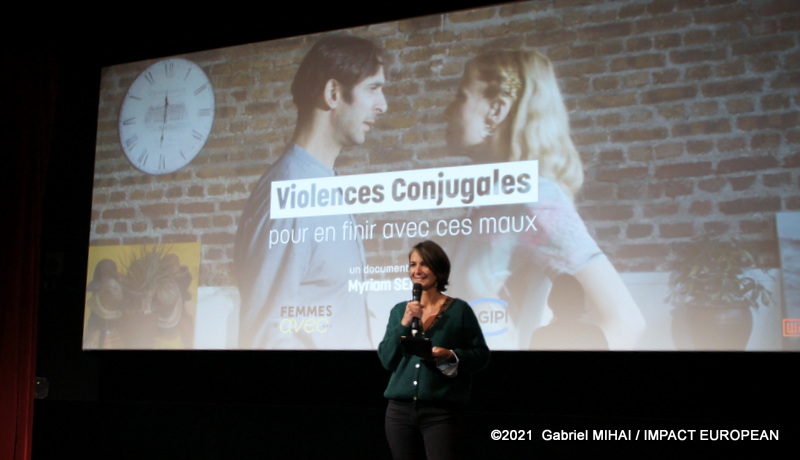
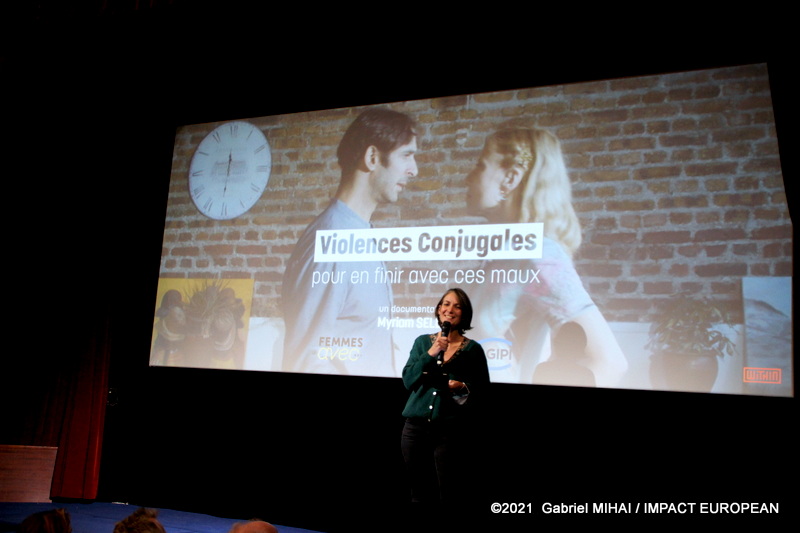





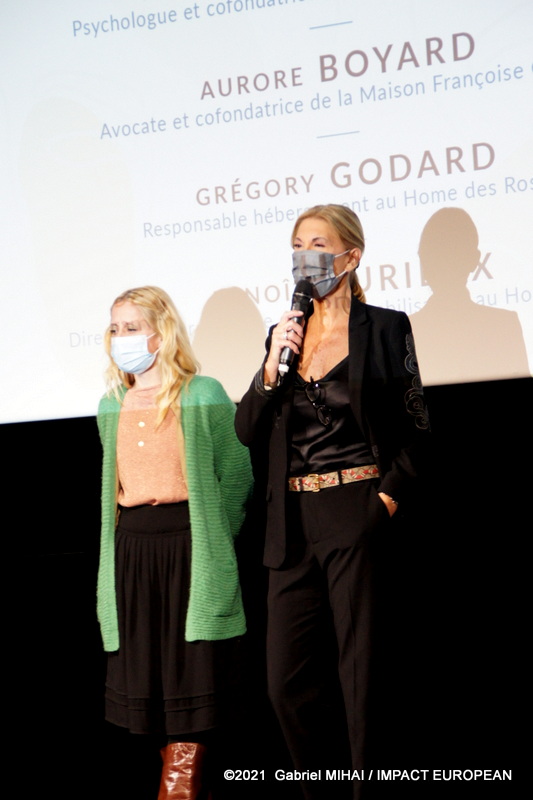
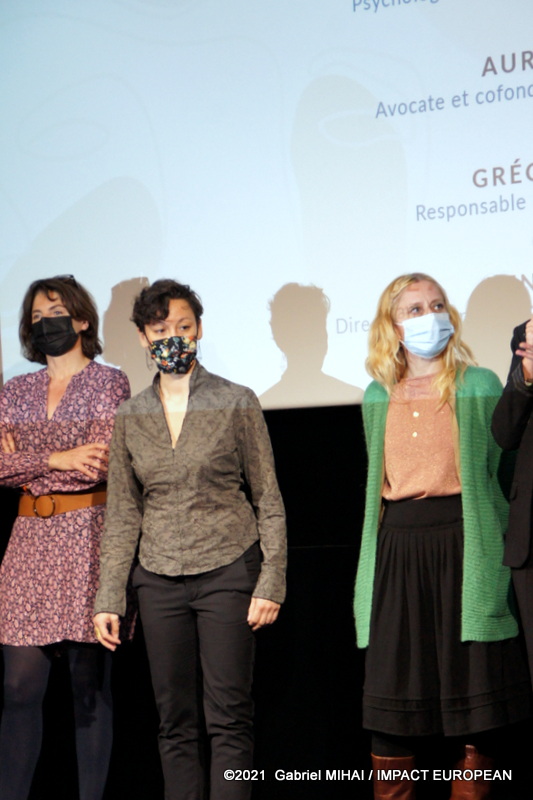

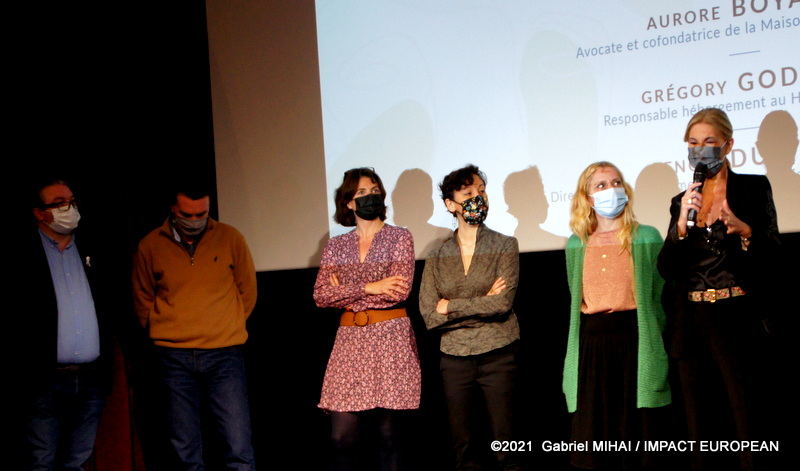
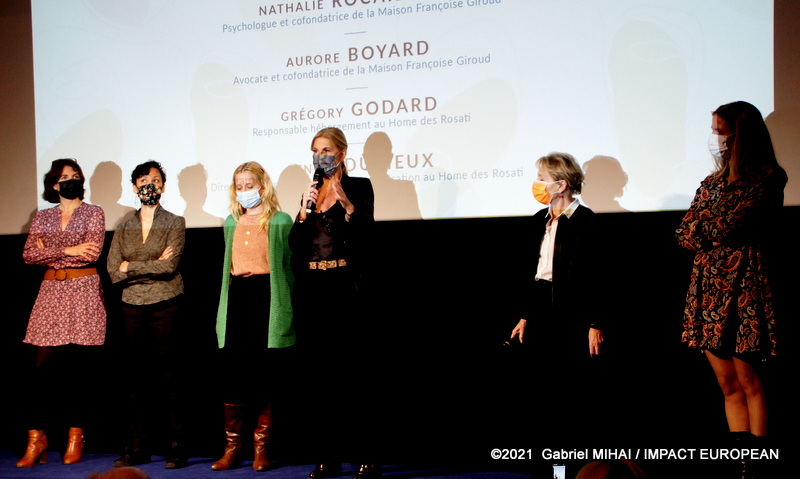

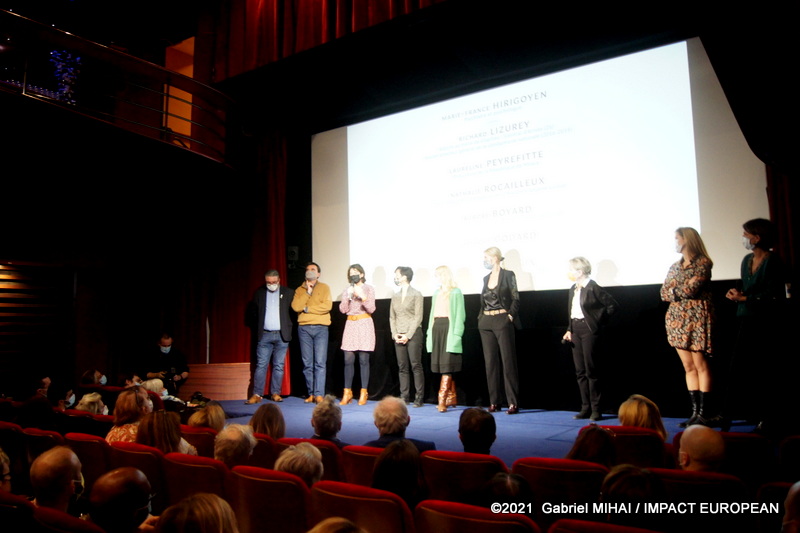
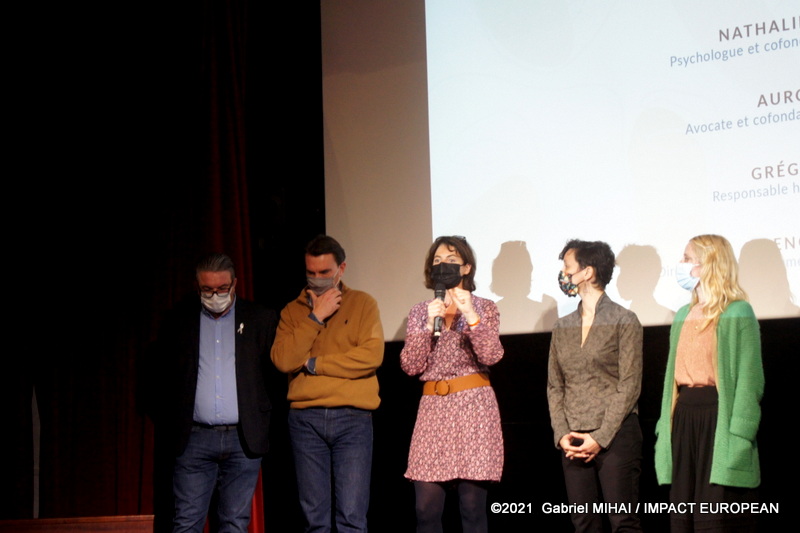
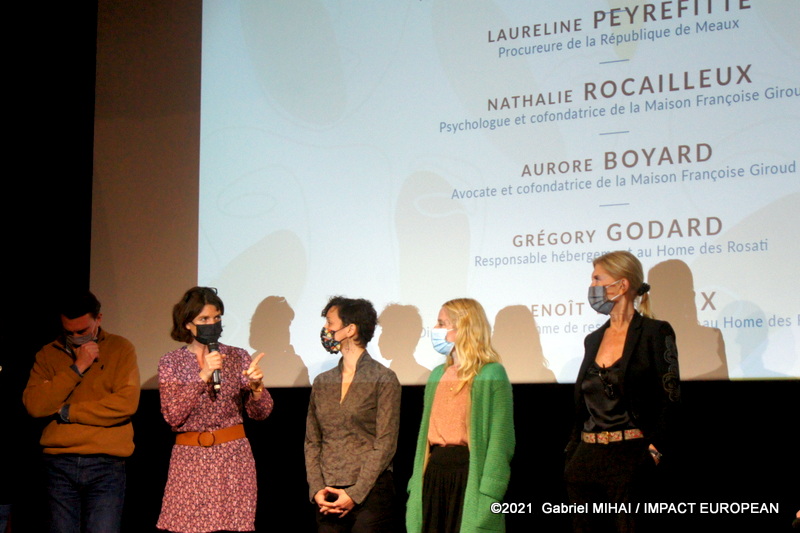
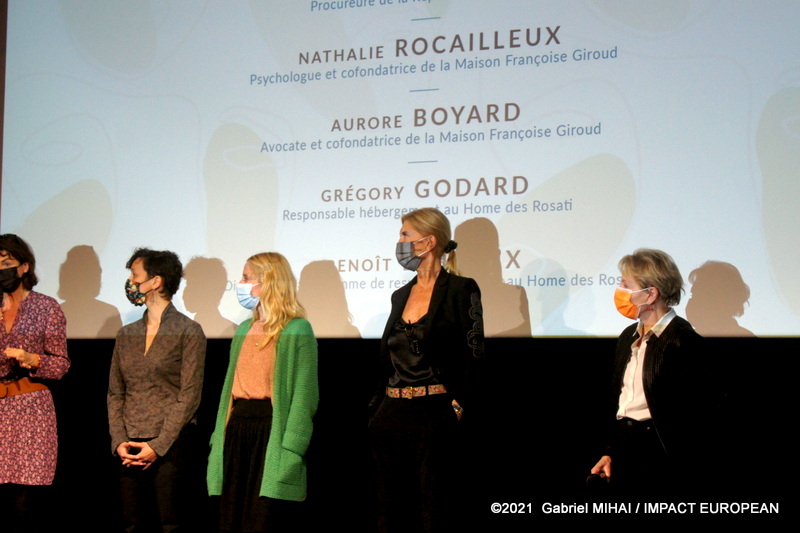




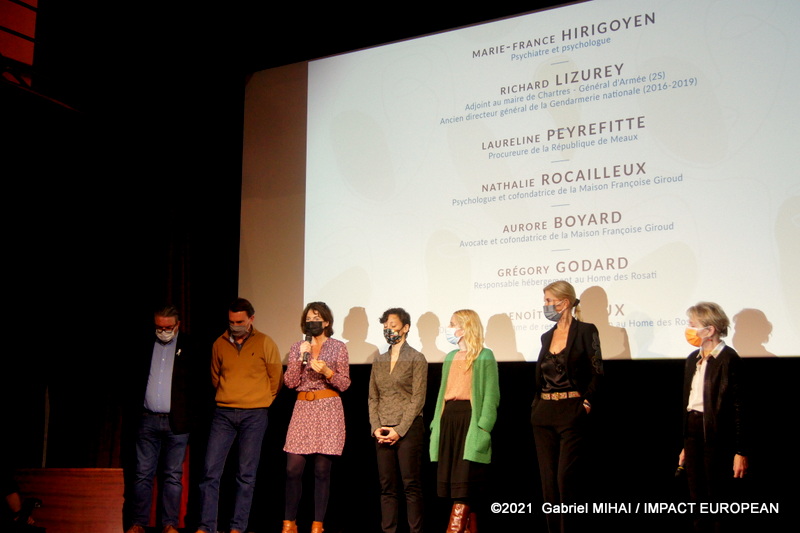
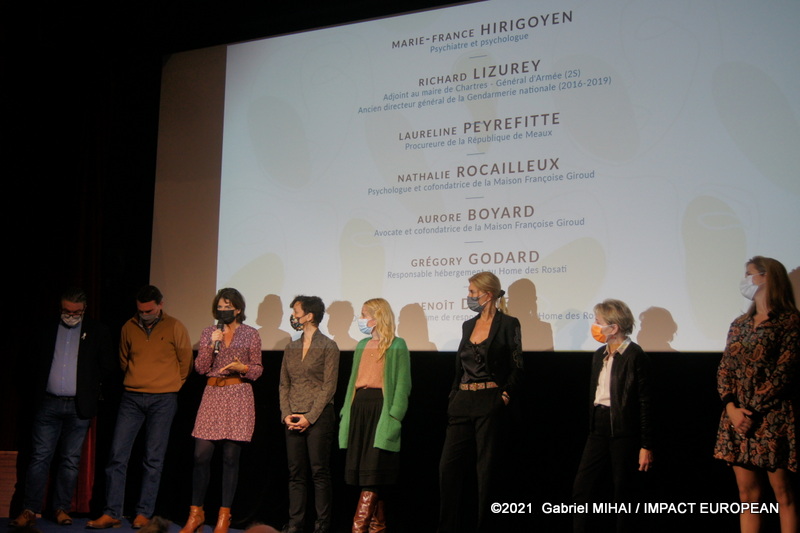
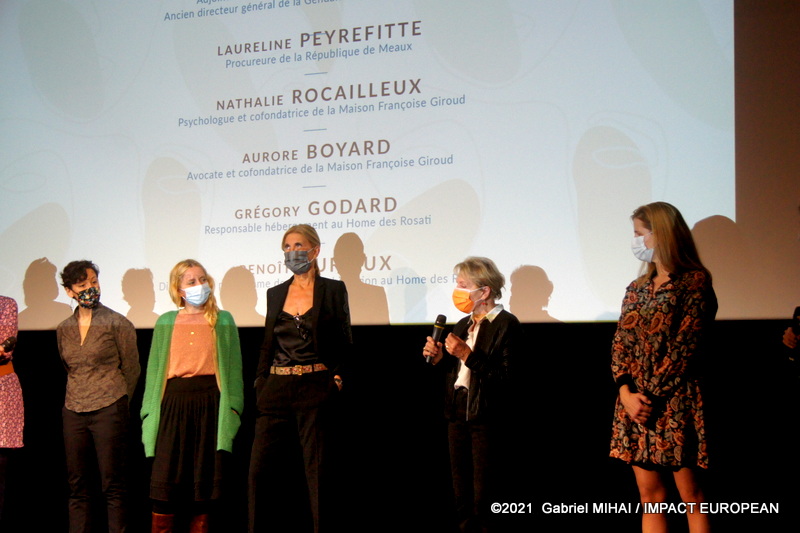






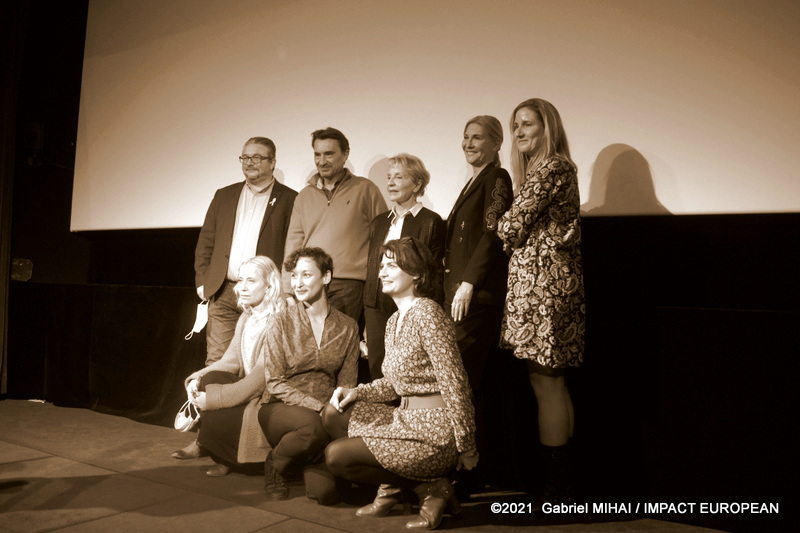

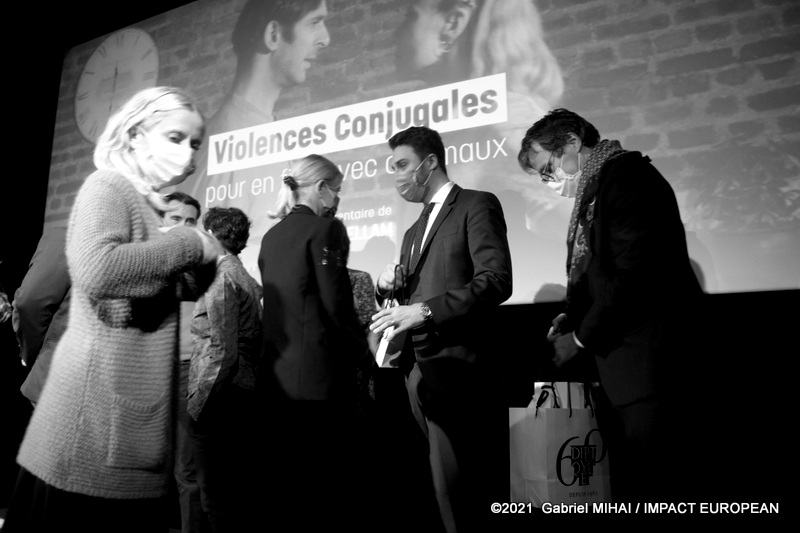
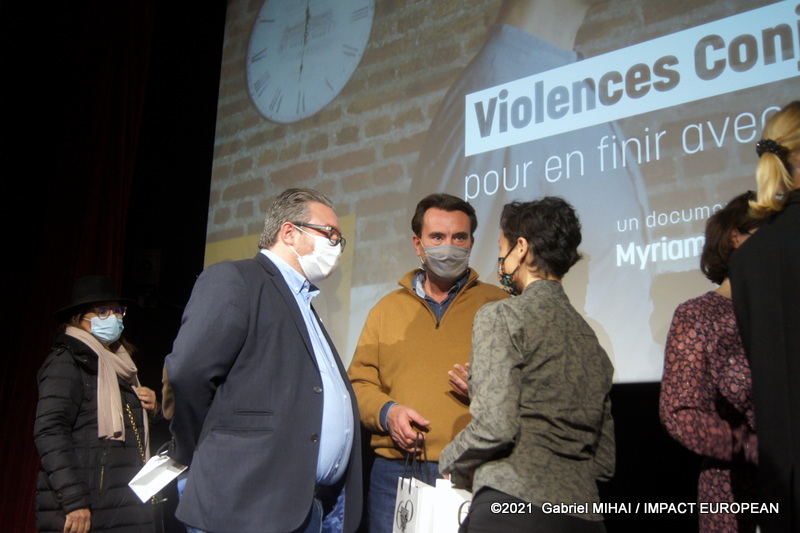
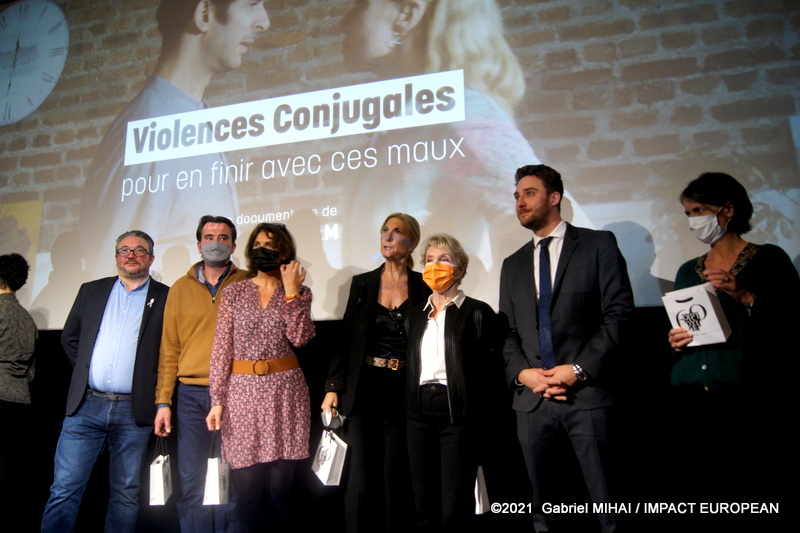
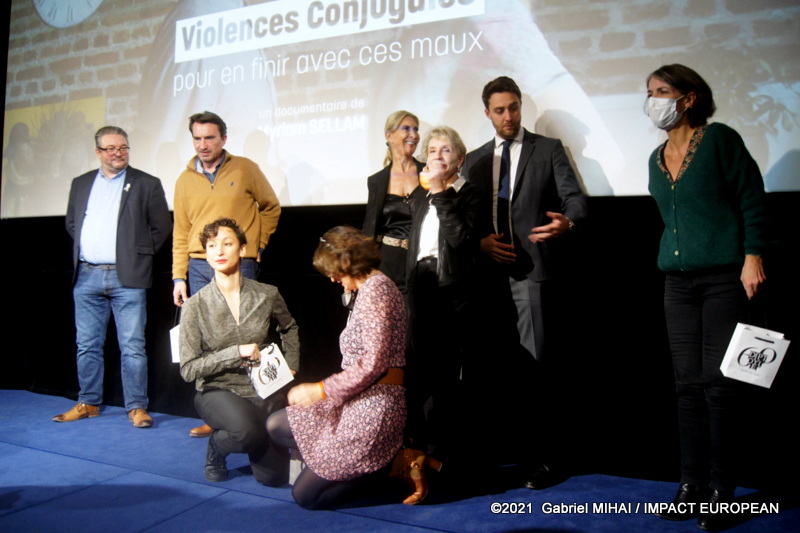
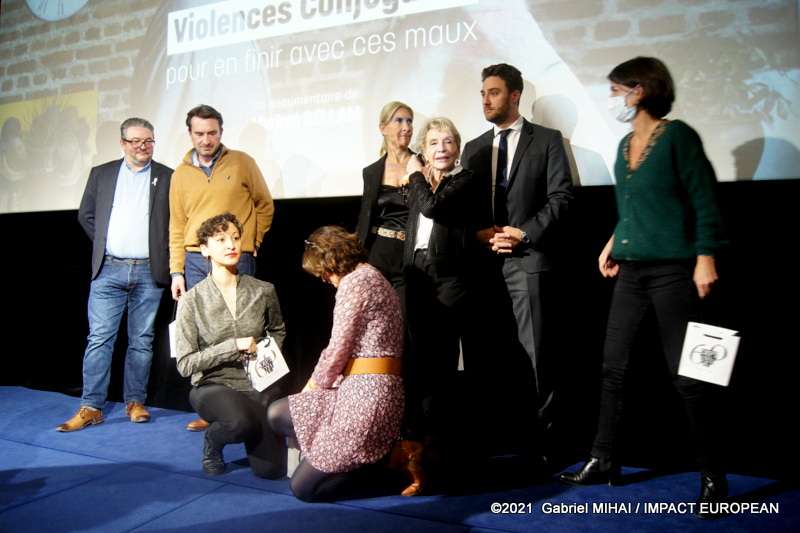


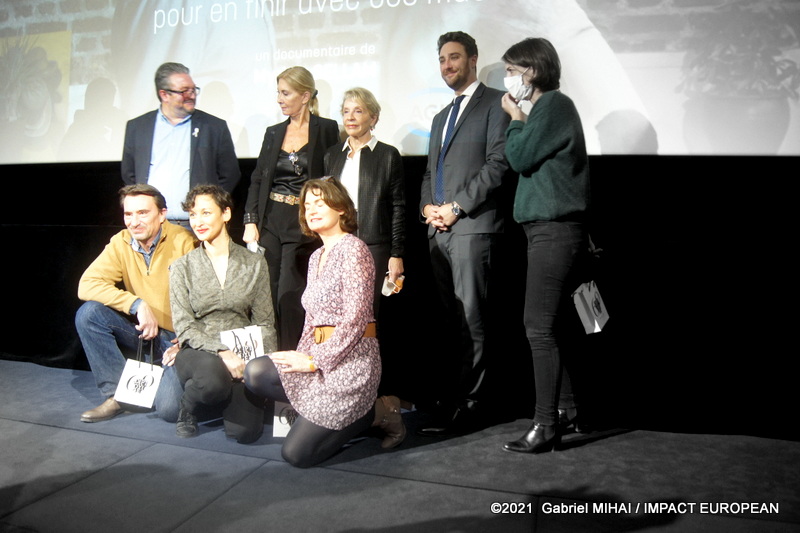


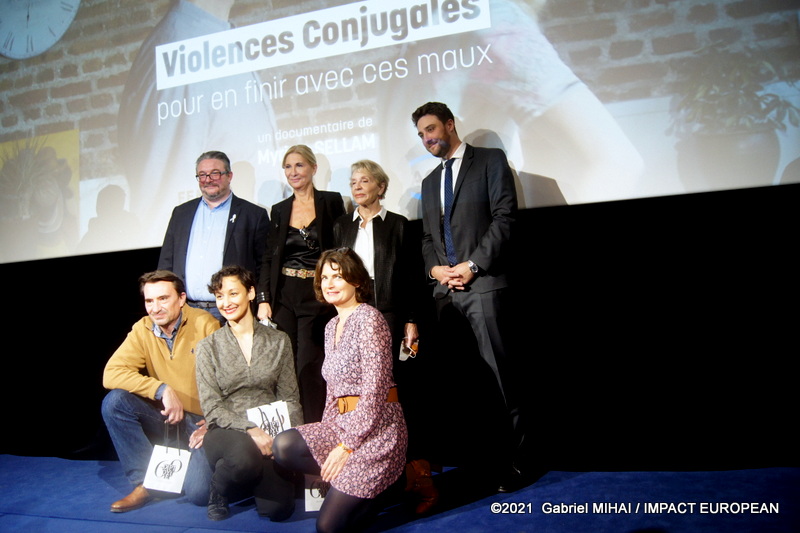


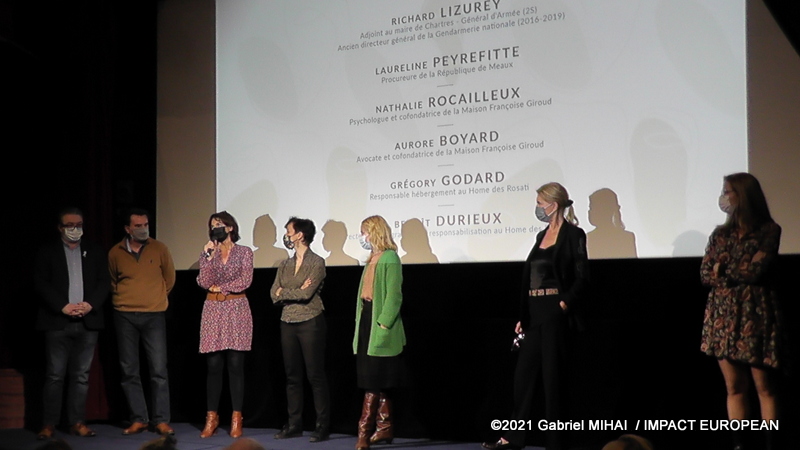
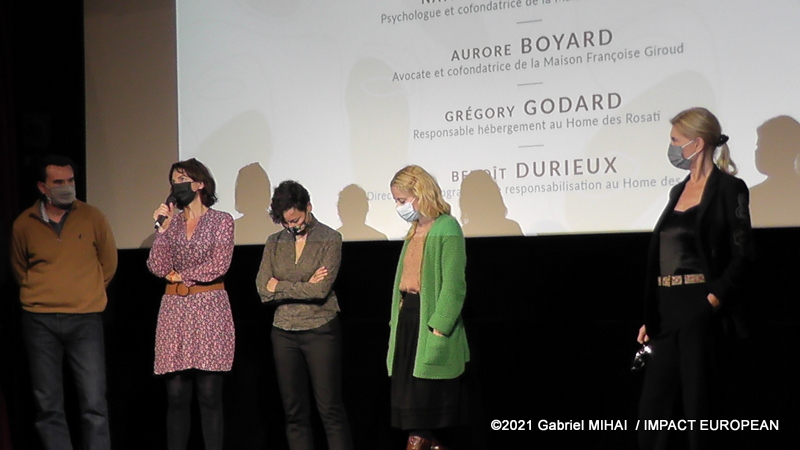
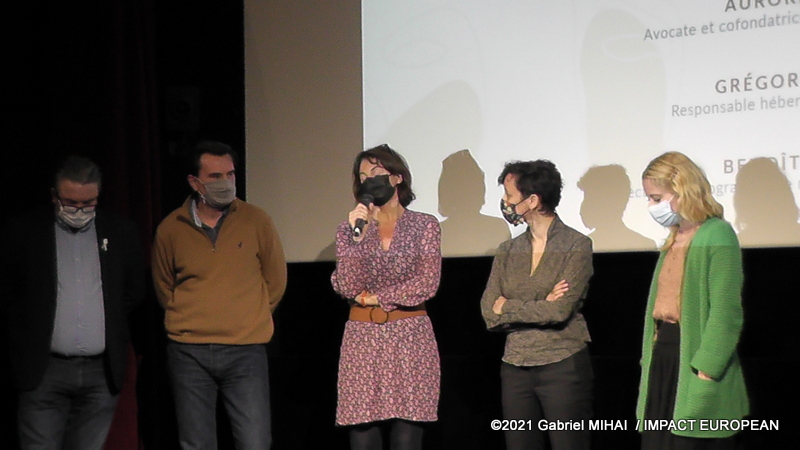

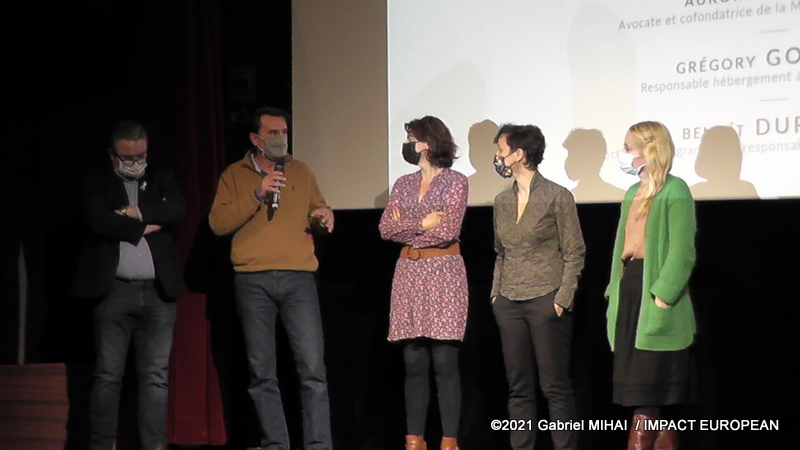
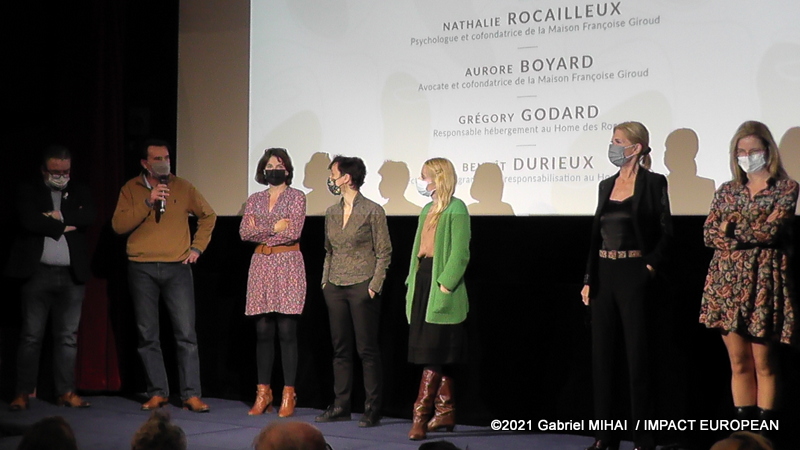

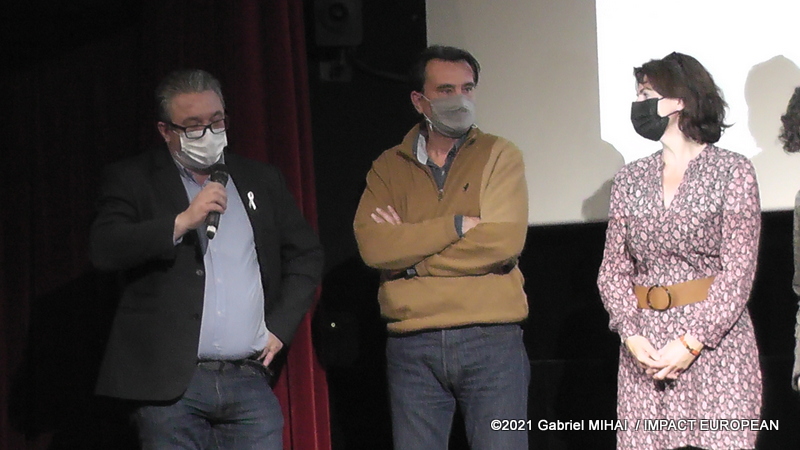

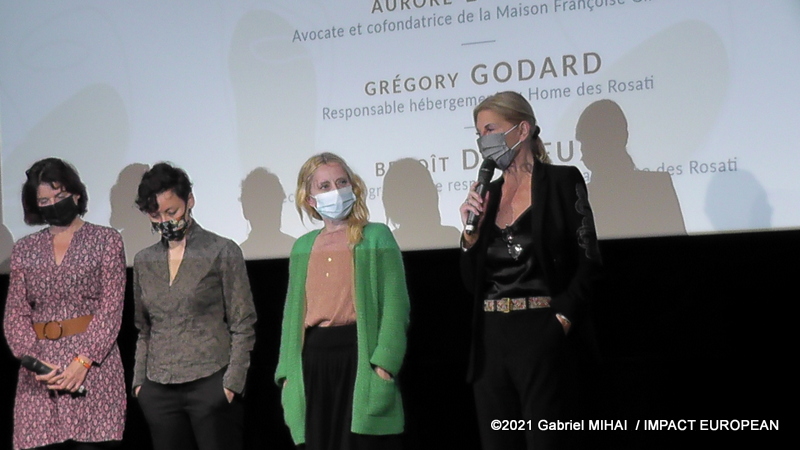
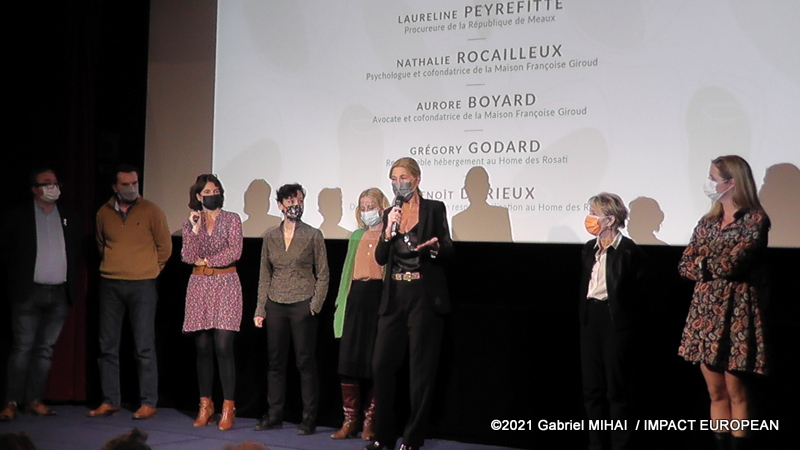
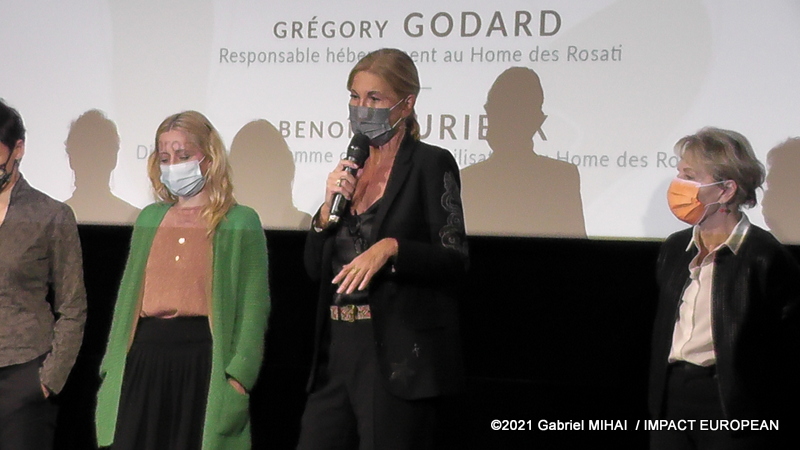
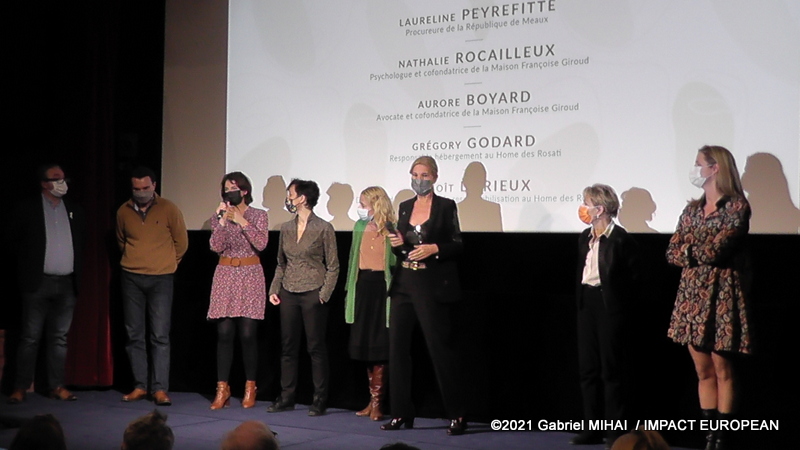
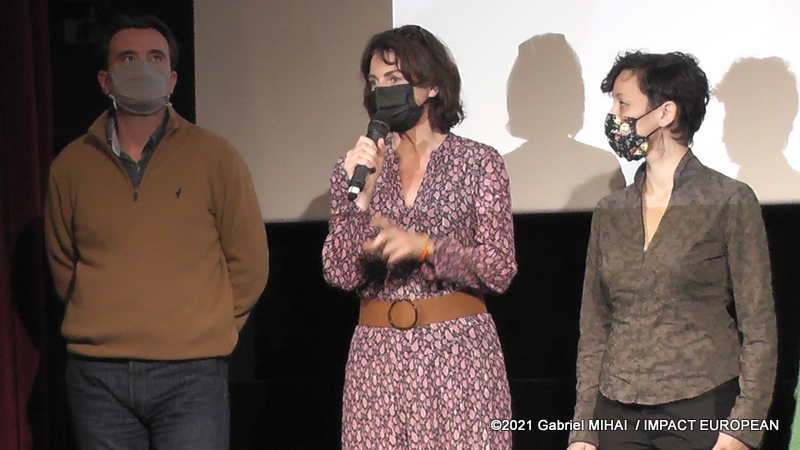

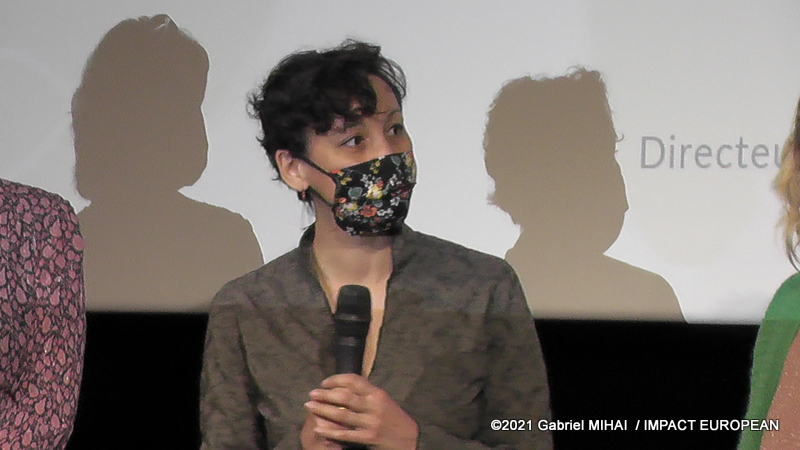
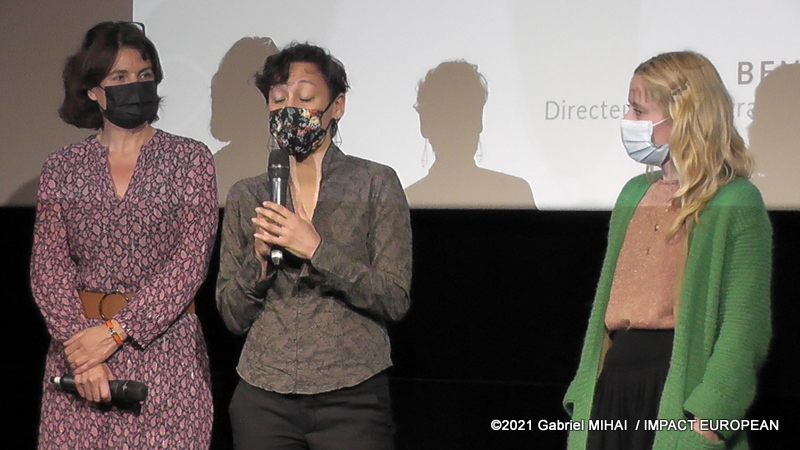
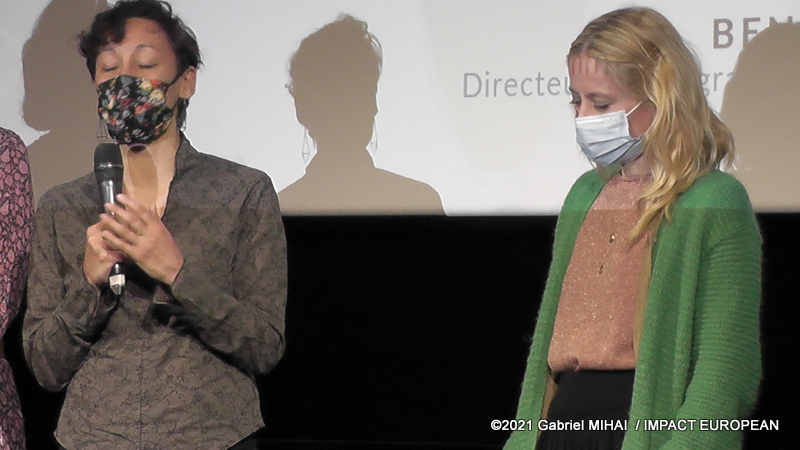
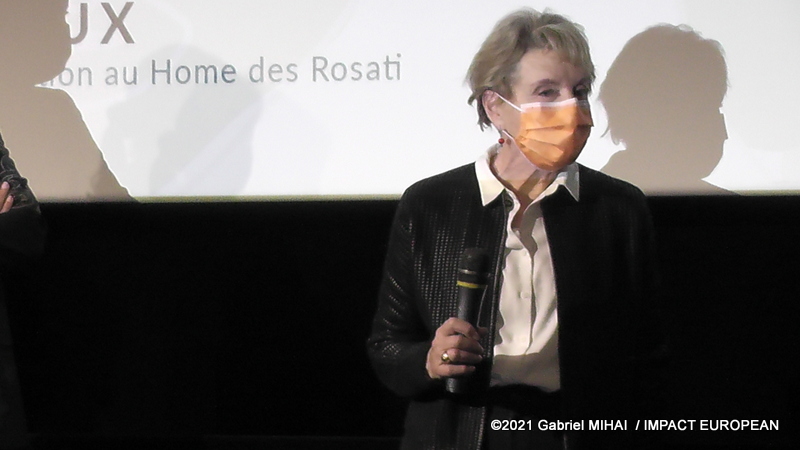
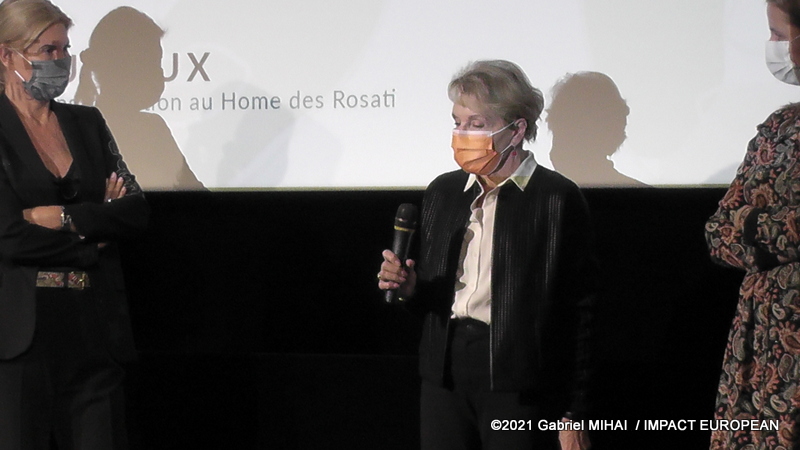
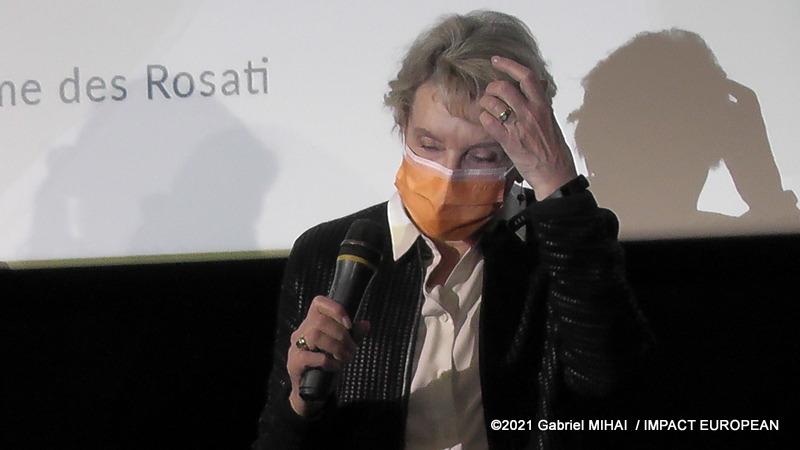
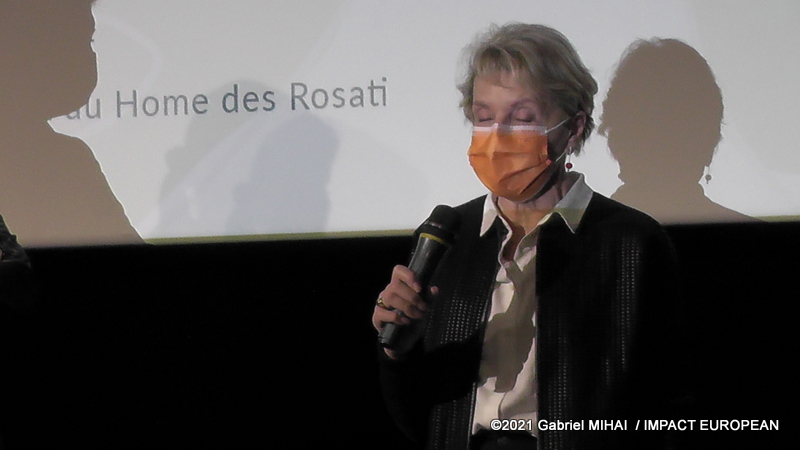
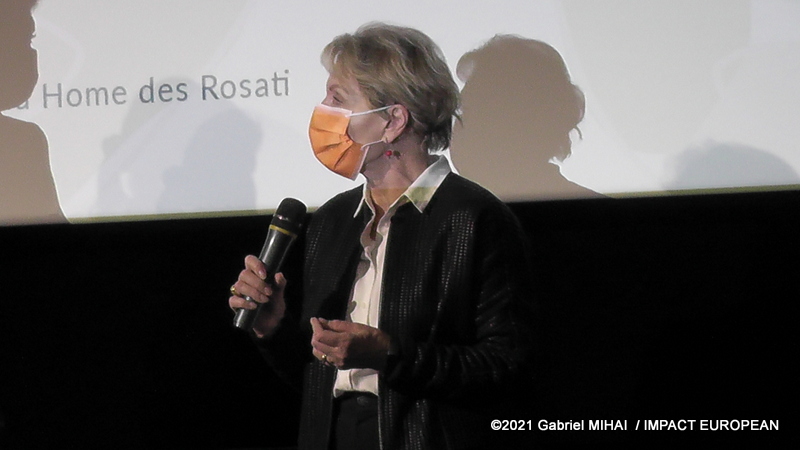
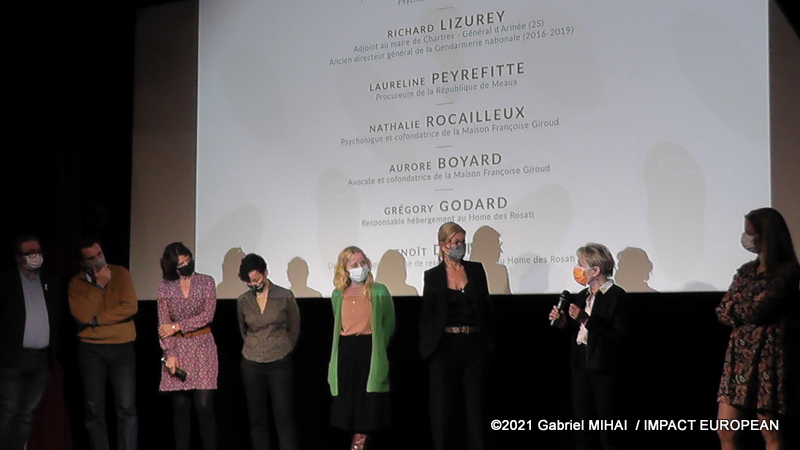
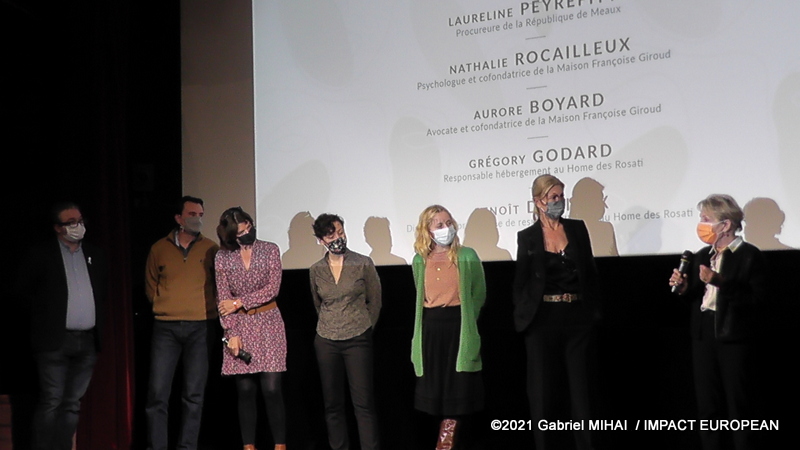
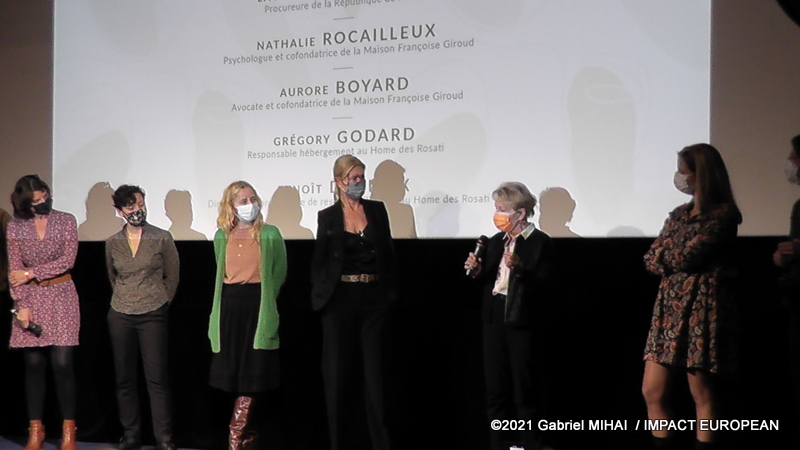
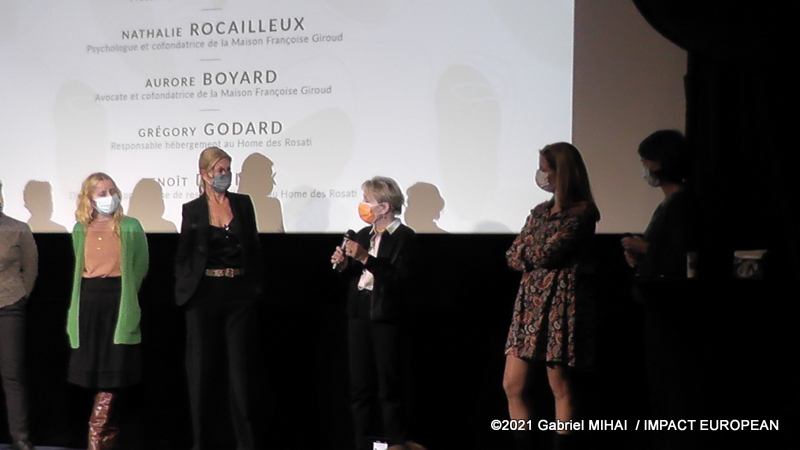
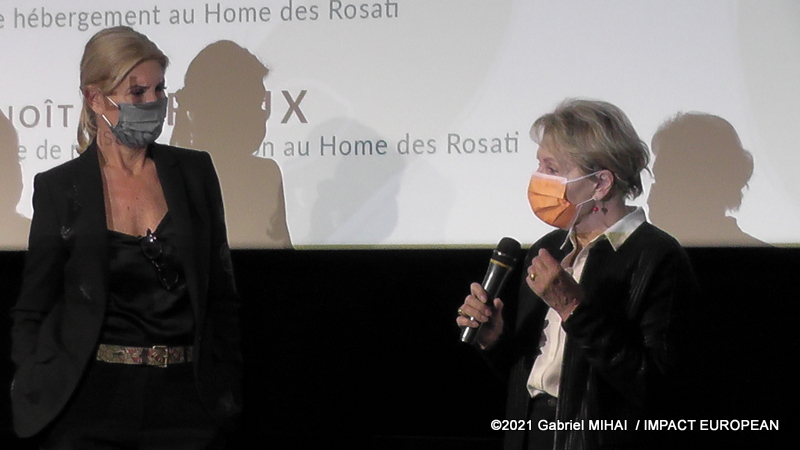
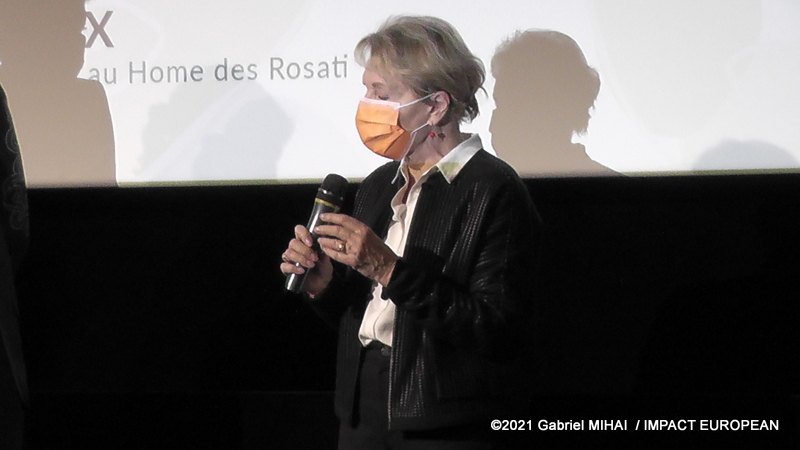
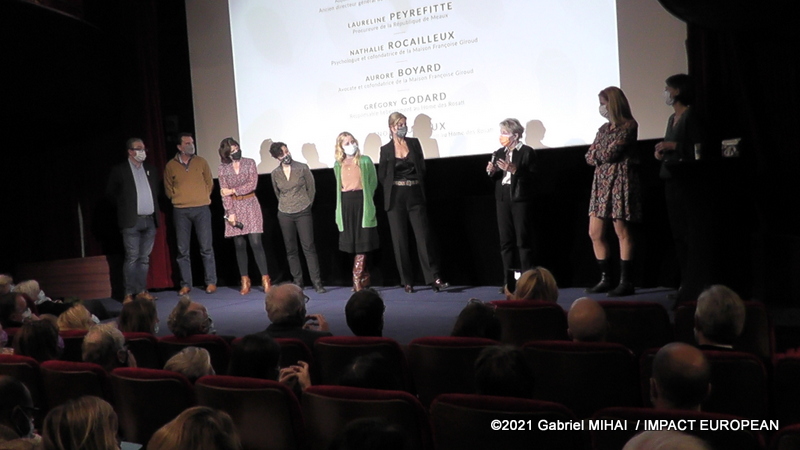
More Stories
May 1 demonstration: Low mobilization in Paris
Paris: a tribute paid to a worker who died on an Olympic Games site
Learn to manage your business with Rivalis